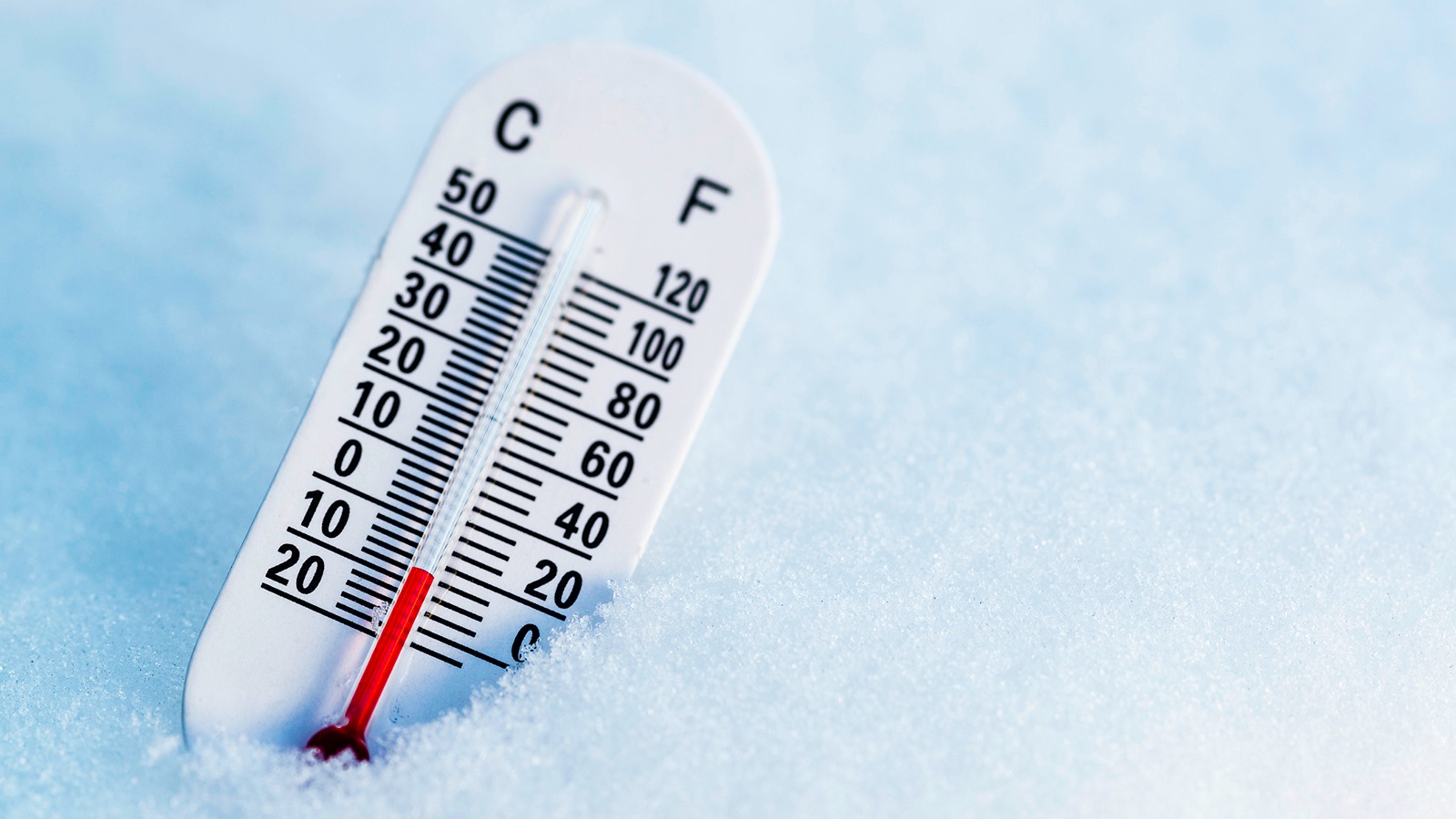There are not any gas law problems that the ChemTeam is aware of that use the Celsius temperature directly in the calculation.
If you have a Celsius temperature in the problem, you MUST change it to Kelvin, in order to use it in your problem.
Sometimes your teacher might put a temperature in the problem, but you really don’t need to use it. Your teacher is doing what he or she is driven to do: confuse poor teenage kids. The ChemTeam understands this fully for, you see, this is what happened in his class. (The ChemTeam is retired now.) All teachers know this is really fun! OK, back to work.
You can convert between Celsius and Kelvin like this: Kelvin = Celsius + 273.15. Often, the value of 273 is used instead of 273.15. Check with your teacher on this point. All examples to follow will use 273.
A point before going on to some problems: very often in gas law problems it looks like significant figure rules are being violated. The reality is that they are not. In reality, the significant figure concept is more complex than the simple rules taught at this level.
However, having said that, be careful to watch your teacher’s actions in class and ask what the rules are in your class. If I am saying something different than what your teacher wants you to do, please don’t use this phrase (or anything like it) to your teacher: “Well, there’s some guy on the Internet who says you’re wrong.”
Last point: never, ever, use a degree sign on the symbol for Kelvin. Do not do this: °K. This is what is known as an ‘idiot indicator.’ You do that and your study partner will say “Didn’t you learn anything in high school? You’re an idiot.” The ChemTeam will remain silent as to the reasons.
Also, never say ‘degrees Kelvin.’ This value: 225 K is said “two hundred twenty five Kelvins.” Please trust the ChemTeam on these points.
Example #1: Convert 25.0 °C to Kelvin.
25.0 + 273 = 298 K
Everybody (except you!) in chemistry knows the true conversion value is 273.15, but the decimal portion is usually ignored. Also, the most common type of thermometer in high school labs is readable to the nearest tenth. So temperatures are usually written just to the tenth place at this introductory level
The ChemTeam occasionally had a student who insisted on using 273.15. You may be the same. However, be careful on this. You may do a calculation on a test (or a web-based assignment) using 273.15 and the answer was done with 273. That difference may generate a value for your answer that causes a deduction of points. Follow the policy your classroom teacher sets down.
Sometimes a teacher will have you use 273.0. The ChemTeam tended not to do that during his teaching career; you should make sure to follow your teacher’s lead.
Example #2: Convert 375 K to degrees Celsius.
375 − 273 = 102 °CNotice how I tend to leave off the units in the problem and only use the unit on the final answer.
Example #3: Convert −50 °C to Kelvin.
−50 + 273 = 223 K
More temperature conversion examples:
1) What temperature scale must always be used when working gas law problems? Ans: Kelvin
2) The boiling point of water on the Kelvin scale is _____. Ans: 373 K.
3) 0 K is also known as ________. Ans: absolute zero.
4) 40.0 °C is what temperature on the Kelvin scale? Ans: 313 K
5) −20.0 °C is what temperature on the Kelvin scale? Ans: 253 K
6) 298 K is what temperature in degrees Celsius? Ans: 25 °C
7) What is the temperature (give in both °C and K) at STP? Ans: 0 °C and 273 K
8) The freezing point of water on the Kelvin scale is _____. Ans: 273 K.
9) Convert −145.0 °C to K. Ans: 128 K
10) Convert 252 K to °C. Ans: −21 °C
11) Is it possible to have a negative Kelvin temperature? Ans: no.

